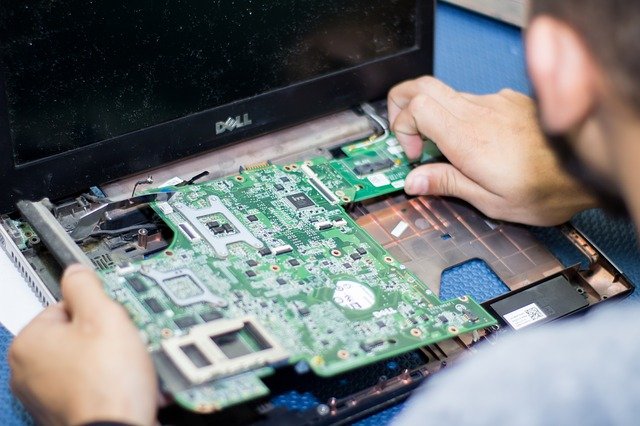With Tiktok, PUBG and numerous other apps already out of the picture, it’s not news that China is up against the entire world right now. This ultimately has been a serious setback for the country, with the majority of its businesses and foreign tie-ups hampered, especially in the manufacturing of electronics. However, it has also proved to be a huge opportunity for India to show how big of a market it is. With unlimited labour and gadget-hungry buyers at the world’s disposal, it has the potential to be the next manufacturing capital of the world.
Why choose India for Manufacturing of Electronics?
Bright electronic future
- As per Nasscom, India’s Electronics R&D sector is expected to grow to $75 billion by 2025. More developments in electronics mean more manufacturing of electronics which in turn means a bigger market for electronics and back to more R&D, kind of like the opposite of a vicious circle.
- The Union Cabinet has passed National Policy on Electronics (NPE) to make India into a US$ 400 billion electronics manufacturing industry by 2025. A 32% growth rate has been targeted globally in the next five years.
Electronics-friendly Government initiatives
- The ‘Digital India’ and ‘Make in India’ programs have helped make the country one of the leading hubs in electronics manufacturing. Along with that, such schemes are giving us the much-needed publicity abroad to attract foreign investors into setting up manufacturing in India.
- As per the official website, In May 2020, Government increased FDI in electronics production for Defence under the automatic route from 49% to 74%, encouraging foreign investors to set up their manufacturing units in India.
The obvious low cost of production
- Everyone knows that due to Economies of Scale, the overall manufacturing and labour cost turns out to be relatively cheaper for investors in India.
- On top of that, as per the Digital India initiative the Electronic Manufacturing Clusters Scheme (EMCS) provides 50% of the cost for development of infrastructure and common facilities in Greenfield clusters (undeveloped or underdeveloped area from electronic manufacturing point of view)
- The scheme also offers 75% of the cost for Brownfield clusters (where a significant number of existing EMC exists).
Growing tech savvy market
The ongoing pandemic has forced brick and mortar businesses along with offline shoppers to go digital, thereby adding to the already vast tech-savvy user base in India. This growing need to go digital has led to a growing demand for electronics as well, creating a huge market with immense potential, especially for electronics manufacturers.
Also Read: Government Policies for New Setups in India.
Foreign Companies on Board in Manufacturing of Electronics
Apple
As per Times Now, due to COVID and the ongoing Sino-US trade wars, Apple is planning to move one-fifth of its production capacity from China to India. This news of India replacing China in manufacturing of Apple products itself has prompted many other foreign companies to consider relocating their manufacturing units to India namely:
Foxconn
Foxconn’s move to India is seemingly on Apple’s direct request. The company is planning to invest $1billion to expand its production in India. As per the calculations, this move should create around 6000 jobs for the next 3 years.
Wistron
Apple’s manufacturing partner, Wistron has already begun with iPhone’s manufacturing in India. Along with that, it also plans to expand its production next year for which a $1billion fund has already been set aside.
Samsung
This is another big win for us. Samsung is preparing to make devices worth $40 billion in India. The company is likely to diversify its production lines to make smartphones under the Production Linked Incentive (PLI) scheme, incentivizing electronics companies.
And many more.
Also Read: Why thousands of companies have decided to move their manufacturing to India
To sum up
India aims not only to be the next best thing after China, its goal is to become the world’s leading manufacturer in electronics. With governmental support and the best minds under one roof, it has the potential to innovate and adapt rapidly, making it the most inventive and safe center, when it comes to manufacturing.

